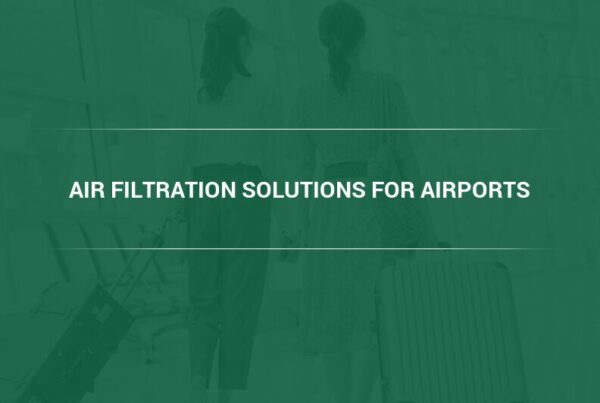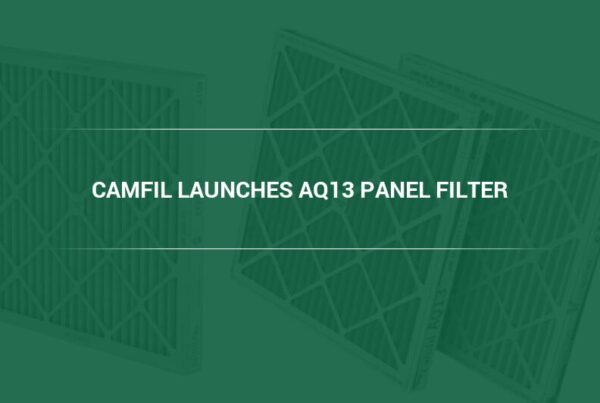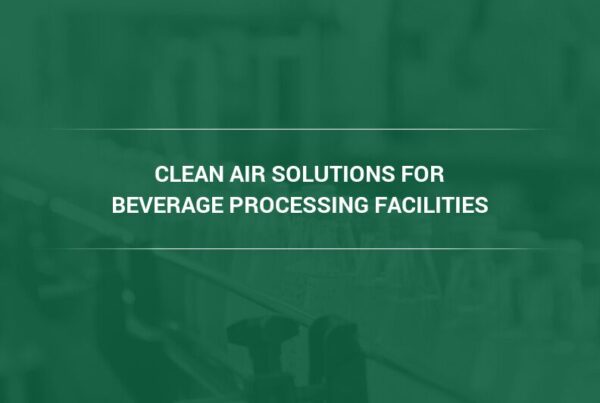Classroom Air Quality — The number of students in the United States who are constantly exposed to unsafe levels of airborne pollutants has long been a matter of serious concern to scientists and educators throughout the country. Air pollution is particularly problematic in low-income communities, where schools are built on the cheapest plots of land available—often next to major roads and industrial zones where air pollution is high. Worse, these schools, which are already struggling to provide basic services and amenities to students, can’t afford to install commercial air filtration systems to prevent outdoor air pollution from entering classrooms, hallways, and other school facilities.
Why Air Pollution Leads to More School Absences
Obviously, students will bear the brunt of air pollution exposure. In fact, a recent study conducted by researchers from the University of Utah reveals that the number of school absences usually doubles the day after a red air day—that’s when ambient or outdoor air quality levels have reached unhealthy levels.
The study, which analyzed student attendance data from the Salt Lake City School District, found that even a slight increase in PM2.5—particulate matter no larger than 2.5 microns in diameter, also known as fine particulate matter—led to a substantial increase in the number of student absences the following day.
But the study’s results leave the researchers with more questions. As Dr. Daniel Mendoza, a research assistant professor in the University’s Department of Atmospheric Sciences, notes, if poor air quality is indeed the cause of students not being in class, is it because of physiological or psychological factors?
In other words, the researchers aren’t sure if the students stay home due to feeling sick after a red air day, or because they or their parents felt it was safer to stay home and avoid getting sick from inhaling contaminated air.
Why Schools Are Prone to Poor Indoor Air Quality
It’s not just air pollution from outside sources that cause air quality problems for schools. The school buildings themselves are making it easy for students to be affected by poor indoor air quality.
According to a 2014 survey of school districts in the United States by the National Center for Education Statistics, the average age of main school buildings in the country was 55 years old—this means the average school building was built in the 1950s and early 1960s.
And more often than not, buildings constructed around this period were designed to keep the elements out, which is fine if you want to keep out outdoor air pollution. But what about pollution from indoor sources?
“During the 60s and 70s, many buildings were built and retrofitted with thicker insulation, tighter windows and doors, and vapor barriers to reduce heat transfer and prevent cold air from entering buildings,” notes Camfil USA’s Charlie Seyffer, Manager of Marketing & Technical Materials for commercial air filters and 37-year ASHRAE member and active committee participant. “But this has encouraged the buildup of moisture and pollutants from indoor sources inside buildings.”
And in cash-strapped school districts, schools will have at least one building that needs extensive repairs, leaving students exposed to air pollution—an issue that affects more than half of the buildings in need of repairs.
And if that’s not enough, old buildings are prone to releasing radon—a colorless gas naturally produced by soil—and asbestos fumes. Both gases are toxic and associated with lung problems and cancer.
Why Schools Need High-Quality High Efficiency Air Filtration Systems
All of these factors come together to create a silent environmental crisis in schools around the country. In fact, studies by the Environmental Protection Agency (EPA) on environmental pollution found that in places where large groups of people gather, levels of indoor air pollution can be up to five times worse than outdoor air pollution levels. These levels could very well be disastrous for schools, where students spend more than eight hours a day in classrooms, hallways, cafeterias, and gyms, five times a week. Fortunately, more and more school administrators are realizing these dangers, which is why many school buildings across the United States are now outfitted with high efficiency air filtration systems, which capture and remove airborne pollutants inside indoor spaces.
“Commercial-grade air filtration systems with high efficiency air filters are particularly important in environments like schools, where a large volume of moving people constantly disturbs particles on surfaces like floors, lockers, tables, and chairs, making them airborne and contributing to air pollution,” said Seyffer. “Furthermore, large crowds of people also mean large quantities of bacteria, viruses, and other airborne microorganisms, which cling to particles like dead skin cells and dust.”
Data Highlights Need for Commercial High Efficiency Air Filters in Schools
Another study, this time published in the journal Environmental Research, shows just what kind of air students are breathing inside public schools around the country. Using census data and earlier research by the EPA, the research team mapped out air pollution levels in more than 90,000 public schools in the country to assess which school districts needed commercial high efficiency air filters the most.
The researchers found that only a mere one percent of all surveyed schools achieved the EPA’s best possible score for indoor air quality. Furthermore, schools in Chicago, New Jersey, Pittsburgh, and New York have the worst air quality in the world. In fact, of the 10 schools with the worst air pollution, half are in low-income school districts.
Benefits of Using Commercial High Efficiency Air Filters in Schools
When it comes to schools, commercial high efficiency air filters offer the following benefits:
- Reduced student absences – While the University of Utah study could not say for sure if air pollution caused students to be sick, there’s enough literature proving that exposure to air pollution leads to adverse health outcomes. We can safely assume that having clean air in schools helps prevent students from developing asthma, bronchitis, and other respiratory diseases, all of which are associated with air pollution exposure.
- Reduced teacher and school staff absences – Clean air inside school buildings also provides the same health benefits to teachers and support staff, preventing them from being sick and spending time away from work. A reduction in teacher absenteeism also reduces the cost of calling in substitute teachers.
- State aid to schools is often based upon attendance records – Most states reimburse schools in the form of financial aid based upon student attendance. Absences because of air quality issues can seriously affect a school’s financial viability.
For Best Results, Work with Industrial Air Filter Manufacturers
School administrators, board members, or anyone in the position to make decisions about a school’s infrastructure and facilities, needs to consult industrial air filter manufacturers before deciding on any type of air filtration system.
While attaching an air purification system to a centralized HVAC system or an in-wall vent goes a long way to improving indoor air quality in schools, results can be maximized if experts are brought in to assess the school building’s layout, size, and presence of any particular pollutant. Filter technology and costs can vary widely, which is why any investment must be done from an informed perspective.
For more than five decades, Camfil USA has designed and manufactured commercial air filtration solutions specifically designed to address the air quality issues of schools, municipal buildings, hospitals, airports, and other commercial buildings. For schools, we recommend installing MERV 13 particulate matter filters, which will purify the air in common student areas. On the other hand, HEPA filters and microfiltration systems with absorbers can be used for laboratories and school clinics.
To learn more about our commercial air filtration systems for schools, get in touch with Camfil USA today.
Lynne Laake
Camfil USA Air Filters
T: 888.599.6620
E: Lynne.Laake@camfil.com
F: Friend Camfil USA on Facebook
Y: Watch Camfil Videos on YouTube
Sources:



